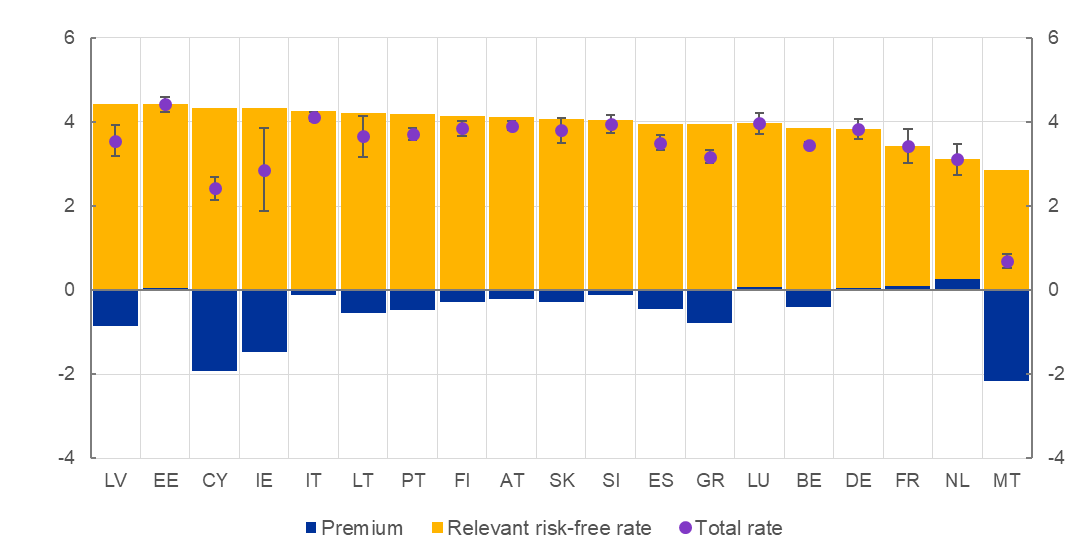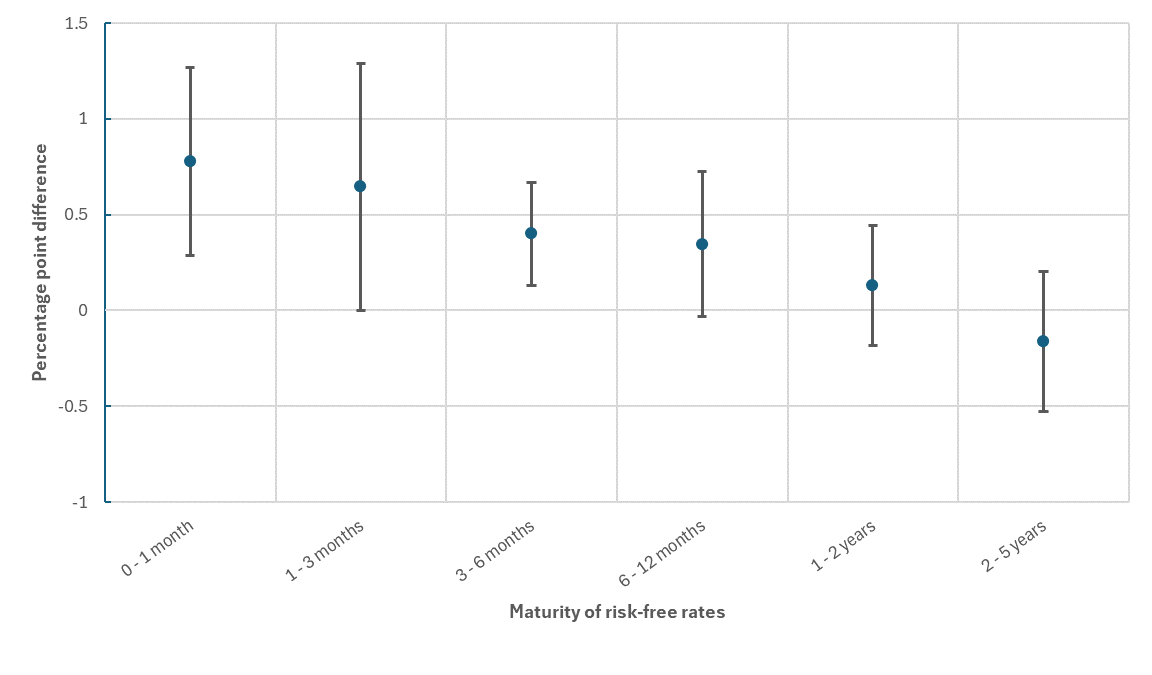Published on: Oct 09, 2025 11:35 am IST
Blog
-

Khyber Pakhtunkhwa Chief Minister Ali Amin Gandapur resigns on Imran Khan’s directive
The Chief Minister of Pakistan’s Khyber Pakhtunkhwa province, Ali Amin Gandapur on Wednesday announced that he was resigning from office on the instructions given by Pakistan Tehreek-e-Insaf (PTI) founder Imran Khan, local media reported.
While…
Continue Reading
-
Decarbonising heavy-duty road transport: State of the enabling conditions – ACEA – European Automobile Manufacturers' Association
- Decarbonising heavy-duty road transport: State of the enabling conditions ACEA – European Automobile Manufacturers’ Association
- The EU will need up to 5,300 public megawatt chargers for electric trucks by 2030, new ICCT study shows International Council on Clean Transportation
- ACEA urges urgent review of EU truck CO₂ targets Commercial Motor
- Europe will lose out to China in e-trucks without EU action, warns industry Financial Times
- Logistics Giants, Transport Companies, & Power Sector Call on President von der Leyen to Set Zero Emission Targets for Clean Deliveries CleanTechnica
Continue Reading
-

Israel and Hamas agree to first phase of Trump’s plan to end Gaza war
JERUSALEM: A senior Hamas official said on Wednesday that negotiators from his group and Israel had exchanged lists of prisoners and hostages who would be released should a deal be reached during the ongoing Gaza…Continue Reading
-

Women’s Champions League Briefing: Man Utd’s debut delight, sloppy Chelsea and are Barca back?
The Women’s Champions League kicked off this week and the first round of the inaugural league phase did not disappoint.
Holders Arsenal were dealt an early defeat, while on a difficult night for Chelsea, Manchester United emerged victorious in…
Continue Reading
-
Former Senator Mushtaq departs for Pakistan from Amman – RADIO PAKISTAN
- Former Senator Mushtaq departs for Pakistan from Amman RADIO PAKISTAN
- Ex-senator Mushtaq departs for Pakistan Dawn
- Pakistan engaged with global partners to repatriate its citizens held by Israel: FO Dunya News
- Ex-senator Mushtaq’s safe return…
Continue Reading
-

Details matter – how loan pricing affects monetary policy transmission in the euro area
Merely classifying loans as fixed-rate or floating-rate[2] fails to fully capture their distinct sensitivity to changes in ECB policy rates. We analysed the maturity of the relevant risk-free rates used to price new loans to see if it affected their short-term interest rate sensitivity – which it did. In countries where new loans were priced using shorter-term risk-free rates, interest rates increased more sharply during the ECB’s monetary tightening, regardless of the loan’s own maturity. This effect was not purely mechanical. Banks partly offset this rise by lowering the premia they charged. By looking beyond headline classifications, we gain a more nuanced understanding of how variations in lending practices drive cross-country differences in monetary policy pass-through.
Beyond fixed and floating
Although the euro area has a single currency and a common monetary policy, lending practices differ between euro area countries in several ways that shape the pass-through of monetary policy. In Vilerts et al. (2025), we study a less explored difference: the maturity of the relevant overnight interest rate swap (OIS) at the time of issuance of new loans. We use data from AnaCredit, a comprehensive euro area-wide loan-level database, covering about seven million new loans issued by banks to non-financial corporations (NFCs) in 2022-23.[3] This timeframe encompasses the series of post-pandemic rate hikes.
Our preliminary analysis reveals that structural factors, such as loan type, firm size or loan maturity, explain only a small portion of the lending rate differences across euro area countries. This suggests that other loan characteristics may play a more significant role.[4] In our study, we break the interest rate on individual loans down into a “relevant risk-free rate” and a “premium” – the residual compensating banks for risk. The relevant risk-free rate is that of the OIS. For fixed-rate loans the maturity of the relevant OIS is that equal to the maturity of the loan, while for floating-rate loans it is the maturity corresponding to the loan’s reference rate at origination.[5] For example, the relevant risk-free rate for a five-year fixed-rate loan is the five-year OIS rate on the issuance date. In contrast, for a five-year floating-rate loan benchmarked against a three-month EURIBOR and adjusted every three months, the relevant risk-free rate would be the three-month OIS rate. The premium is then calculated as the difference between the lending rate and the relevant risk-free rate.
We find striking cross-country variation (Chart 1) in the maturity of the relevant risk-free rates: in countries such as Latvia and Ireland maturities are very short – around six months on average. Meanwhile in other countries, such as the Netherlands, Malta and France, they often exceed five years on average.
Chart 1
Cross-country heterogeneity in the maturity of the relevant risk-free rate
(years)
Source: Vilerts et al. (2025).
Note: The figure shows the weighted average maturity of the relevant risk-free rate for the newly issued loans of NFCs in euro area countries, 2022-23.
Loan characteristics key for pass-through
These structural differences mean that monetary policy transmits with varying strength and speed across the euro area, depending on which segment of the risk-free yield curve dominates local lending. Two key questions emerge. First, to what extent can the cross-country variation in the rise of average interest rates on new loans between early 2022 and late 2023 be explained by differences in the evolution of the risk-free rates used to price NFC loans? And, second, how does the maturity of the relevant risk-free rate affect the pass-through of monetary policy rate changes to interest rates on new loans?
“Before and after” analysis of lending rates
To address the first question, we employ a time-difference approach to analysing changes in interest rate levels. In particular, we compare interest rates – as well as adjustments in the relevant risk-free rates and shifts in the premium – on loans issued in two periods bracketing the 2022-23 tightening cycle.[6] They are the first quarter of 2022, before the first hike in July 2022, and the fourth quarter of 2023, after the final hike in September 2023. We find that most of the rise in interest rates on new loans during the post-pandemic tightening was driven by increases in the relevant risk-free rate (Chart 2).
Chart 2
“Before and after” analysis of lending rates
(conditional change between the first quarter of 2022 and the last quarter of 2023, percentage points)

Source: Vilerts et al. (2025).
Notes: The figure shows conditional changes in lending rates (from the first quarter of 2022 to the fourth quarter of 2023) with 95% confidence bands, breaking them down into the contributions from relevant risk-free rates and the premium.
Three key observations emerge from the analysis. First, the pass-through of changes in the relevant risk-free rates to changes in lending rates exhibits notable cross-country variation. Some 11 countries experienced an increase in relevant risk-free rates exceeding 4 percentage points, with Latvia and Estonia experiencing the highest increases at 4.37-4.41 percentage points. In contrast, the Netherlands and Malta saw risk-free rates rise by only 2.85 percentage points. Second, the distinction between fixed and floating-rate loans does not always provide a clear explanation for the observed patterns. For the relevant risk-free rates the change was particularly pronounced in countries like Latvia and Ireland, where floating-rate loans with short fixation periods are more prevalent. Similarly, a strong contribution of relevant risk-free rates was observed in Italy, despite its higher reliance on fixed-rate loans which tend to have shorter maturities. Third, a large increase in the relevant risk-free rates does not necessarily result in the largest increase in lending rates. In several countries, the rise in relevant risk-free rates was offset by a decline in the premium, which moderated the overall increase in lending rates.
Pass-through of monetary policy rates to lending rates
We then turn our attention to loans issued near ECB Governing Council meetings and use a stacked time-difference regression (following Bredl, 2024)[7] instead of a simple before-and-after comparison. Specifically, we examine how the pass-through of monetary policy rate changes varies across loans priced off different maturities of relevant risk-free rates, now using the full set of actual changes in the policy rate, instrumented by high-frequency surprises (Altavilla et al. 2019). As shown in Chart 3, the pass-through from monetary policy rates to lending rates strengthens as the maturity of the relevant risk-free rates shortens.
However, applying this approach to the components of interest rates shows that this mechanical pass-through is not the only factor at play, as we see adjustments in premia smoothing differences in pass-through across loan categories. We find that premia increased less for loans linked to shorter maturity risk-free rates, which partially offsets the differences in the aggregate pass-through to lending rates.
Chart 3
Stronger pass-through at shorter maturities

Source: Vilerts et al. (2025).
Notes: The figure shows the effect of a 1 percentage point increase in the deposit facility rate on lending rates for loans issued within the 6 weeks before or the 7-12 weeks after an ECB Governing Council meeting relative to loans for which the relevant risk-free rates have maturities over five years.
There are several possible explanations for this pattern. On the lender side, repricing of loans can at times outpace the pass-through to funding costs, improving net interest income and creating scope to lower premia on new loans – especially for those priced off short-term reference rates. On the borrower side, tighter policy can alter the composition of lending and firms may substitute borrowing across maturities and rate types. Overall, the evidence points to systematic smoothing effects: premia adjustments dampen differences in loan rate changes. This suggests that the variation reflects pricing within the bank rather than shifts in the banks doing the lending.
Loan pricing design matters for monetary policy
Our results point to several important implications for monetary policy. First, loan pricing design matters for monetary policy transmission. Markets where lending is tied to shorter maturities exhibit stronger and faster transmission. Second, loan premia also adjust independently of exogenous factors. When short-term rates move sharply, banks reprice loan premia over the relevant risk-free rate in ways that smooth differences across loans priced off different maturities. Recognising this interaction helps explain cross-country differences during tightening episodes and anticipate how the composition and pricing of new credit respond to policy.
References
Altavilla, C., Brugnolini, L., Gürkaynak, R.S., Motto, R. and Ragusa, G. (2019), “Measuring euro area monetary policy”, Journal of Monetary Economics, Vol. 108, Issue C, pp. 162-179.
Bredl, S. (2024), Regional loan market structure, bank lending rates and monetary transmission.
Vilerts, K., Anyfantaki, S., Beņkovskis, K., Bredl, S., Giovannini, M., Horky, F.M., Kunzmann, V., Lalinsky, T., Lampousis, A., Lukmanova, E., Petroulakis, F. and Zutis, K. (2025), “Details Matter: Loan Pricing and Transmission of Monetary Policy in the Euro Area”, Working Papers, No 3078, ECB.
Continue Reading
-

‘Netflix’ giraffe Bashu put down after suffering kidney failure
 Whipsnade Zoo
Whipsnade ZooBashu the giraffe had been at Whipsnade Zoo, Bedfordshire, since 2014 A beloved and “iconic” giraffe that appeared in a Netflix drama has been put down after it suffered kidney failure.
Whipsnade Zoo, in Bedfordshire, said Bashu, 13,…
Continue Reading
-

Sir Stephen Fry backs new youth support hub in Cambridge
The actor and writer Sir Stephen Fry has backed a campaign for a new support hub for young people in need.
Centre 33, which supports young people up to the age of 25 across Cambridge and Peterborough, launched an appeal to refurbish one of its…
Continue Reading
-

Getac launches S510AD rugged AI laptop for demanding field work
Getac has introduced the S510AD laptop, a rugged device designed with AMD Ryzen AI processing technology, aimed at professionals needing advanced edge-AI performance in challenging field and industrial conditions.
Meeting Copilot+ PC…
Continue Reading
